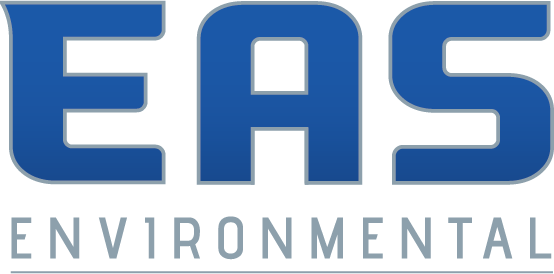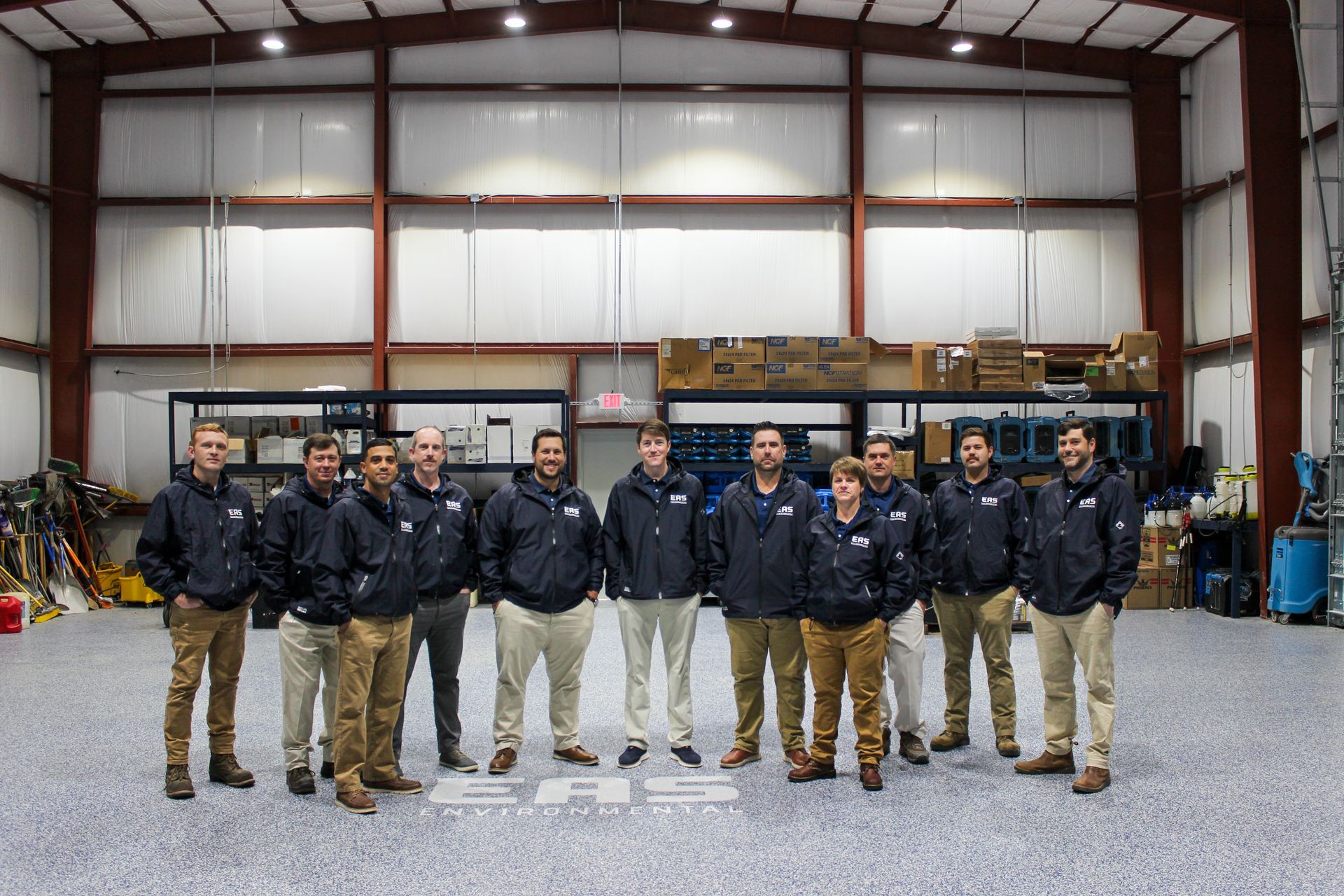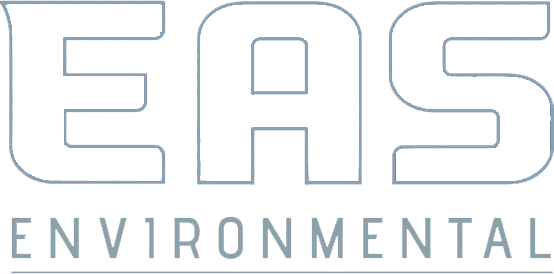
Welcome to our informative blog post on a challenging topic: "Raw Sewage Contamination in Crawl Space: How to Handle Cleaning and Disinfection." Dealing with raw sewage contamination is a serious and potentially hazardous situation that requires careful and immediate attention. In this guide, we'll explore the necessary steps and precautions to effectively clean and disinfect your crawl space, ensuring the safety of your home and its occupants.
Safety First: Steps to Take When Dealing with Raw Sewage in Your Crawl Space
Dealing with raw sewage in your crawl space is a daunting and concerning situation that requires a focus on safety above all else. In this blog post, we'll provide essential insights into the steps you should take to ensure your well-being and effectively manage this hazardous issue.
Assess the Situation Safely
Upon discovering raw sewage in your crawl space, it's crucial to prioritize safety. Avoid direct contact with the sewage, as it can contain harmful pathogens and bacteria. Ventilate the area by opening windows and doors, and turn off any HVAC systems that could potentially spread contaminants further. Before entering the space, equip yourself with proper personal protective equipment (PPE), including gloves, masks, and coveralls. If the contamination is extensive, it's advisable to contact professionals who specialize in hazardous waste cleanup to handle the situation safely.
Containment and Cleanup
Begin the containment process by isolating the affected area to prevent the spread of contamination. Block off access to the crawl space and create a physical barrier to keep the sewage from reaching other parts of your home. Once the area is contained, remove any standing sewage using appropriate tools, and dispose of the waste in accordance with local regulations.
Thoroughly clean and disinfect the area using disinfectants approved for sewage cleanup. Ensure proper ventilation during and after the cleanup process to minimize the risk of inhaling harmful fumes. After completing the cleanup, it's advisable to have a professional inspection to identify and address any potential issues that may have led to the sewage backup. By following these safety-oriented steps, you can effectively manage the situation and protect the health of your home and its occupants.
Protective Gear and Precautions: Safely Handling Raw Sewage Removal
When faced with the daunting task of raw sewage removal, prioritizing safety through the use of protective gear and precautions is paramount. Raw sewage contains a plethora of harmful pathogens and bacteria that can pose serious health risks, making it essential to take the right measures to protect yourself and others involved in the cleanup process. In this blog post, we'll delve into the significance of protective gear and precautions when handling raw sewage removal.
The Importance of Personal Protective Equipment (PPE)
Personal protective equipment is your first line of defense when dealing with raw sewage. Proper PPE includes gloves made of nitrile or rubber to prevent direct skin contact, masks to shield you from inhaling harmful airborne particles, and coveralls to protect your clothing from contamination. Safety goggles or face shields are also vital to shield your eyes from splashes. Wearing PPE is not only crucial for your own protection but also prevents the spread of contaminants to other areas of your home.
Precautions to Minimize Risks
Before initiating any raw sewage removal, ensure that the affected area is well-ventilated. Open windows and doors to allow fresh air to circulate and prevent the buildup of potentially harmful fumes. Turn off any heating, ventilation, or air conditioning systems to prevent the spread of contaminants through your home's air ducts. It's important to work methodically and carefully, avoiding any unnecessary splashes or spills. Once the cleanup is complete, thoroughly wash and disinfect all tools, equipment, and protective gear. By adopting these precautions and using proper protective gear, you're taking vital steps to safeguard your health and the well-being of those involved in the raw sewage removal process.
Proper Disposal: Managing Waste from Raw Sewage Cleanup in Crawl Spaces
Proper disposal of waste generated during raw sewage cleanup is a critical aspect of managing the aftermath of this challenging situation. Raw sewage contains hazardous contaminants that demand careful handling and disposal to prevent further health and environmental risks. In this blog post, we'll guide you through the importance of proper waste disposal and offer insights into managing waste from raw sewage cleanup in crawl spaces.
Segregation and Containment
Effective waste disposal begins with proper segregation and containment. Separate waste generated from raw sewage cleanup into appropriate categories, including contaminated materials, used personal protective equipment (PPE), and cleaning supplies. Place these items in clearly labeled, sturdy plastic bags that can be securely sealed to prevent leakage. Ensure that no bags are overfilled, as this can compromise their integrity.
Adhering to Local Regulations
Disposing of raw sewage waste requires adherence to local regulations and guidelines. Reach out to your local waste management or sanitation department to understand the specific requirements for disposal. They can provide guidance on disposal sites, pick-up services, and any permits that may be needed for hazardous waste removal. Some areas have designated facilities for hazardous waste disposal, and it's essential to follow these guidelines to minimize the risk of environmental contamination. By properly segregating, containing, and disposing of waste according to local regulations, you contribute to a safer and healthier environment for your community while mitigating potential risks associated with raw sewage cleanup.
FAQs
-
What should I do if I discover raw sewage in my crawl space?
If you discover raw sewage in your crawl space, prioritize safety. Avoid direct contact with the sewage and ventilate the area by opening windows and doors. Equip yourself with proper personal protective equipment (PPE) before attempting to clean or disinfect the area. It's often advisable to consult professionals who specialize in hazardous waste cleanup due to the potential health risks involved.
-
What risks are associated with raw sewage contamination?
Raw sewage contains harmful pathogens, bacteria, and potential toxins that can pose serious health risks. Exposure to these contaminants can lead to gastrointestinal illnesses, respiratory problems, and skin infections. Rapid and proper cleanup and disinfection are essential to minimize these health risks.
-
Can I clean up raw sewage on my own?
While it's possible to clean up raw sewage on your own, it's recommended to consult professionals, especially for extensive contamination. Professionals have the necessary equipment, protective gear, and expertise to handle hazardous waste safely and effectively. Their experience ensures proper cleanup and minimizes health and environmental risks.
-
What precautions should I take during the cleaning and disinfection process?
During the cleaning process, prioritize safety by wearing appropriate PPE, including gloves, masks, coveralls, and safety goggles. Isolate the contaminated area to prevent the spread of contaminants and ensure proper ventilation. After cleaning, thoroughly disinfect the area using EPA-approved disinfectants that are effective against sewage-related pathogens.
-
How can I prevent future sewage contamination in my crawl space?
Preventing future sewage contamination involves addressing the root cause. Regular maintenance of plumbing systems, proper waste disposal practices, and addressing any drainage or sewage system issues are essential steps. Inspecting your crawl space periodically for signs of leaks or damage can help identify potential problems before they escalate.
Contact EAS Environmental Today!
EAS Environmental will do everything we can to ensure your experience with us is excellent.
Request A FREE Estimate
Request a Free Estimate Form
We will get back to you as soon as possible.
Please try again later.
Checkout Recent Post
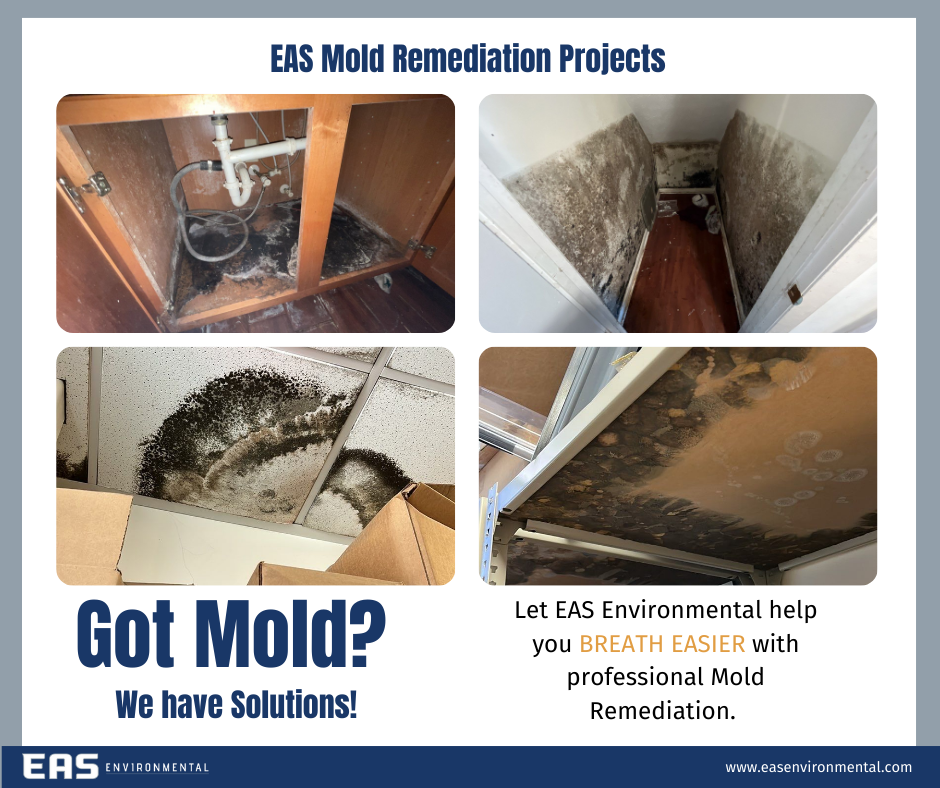
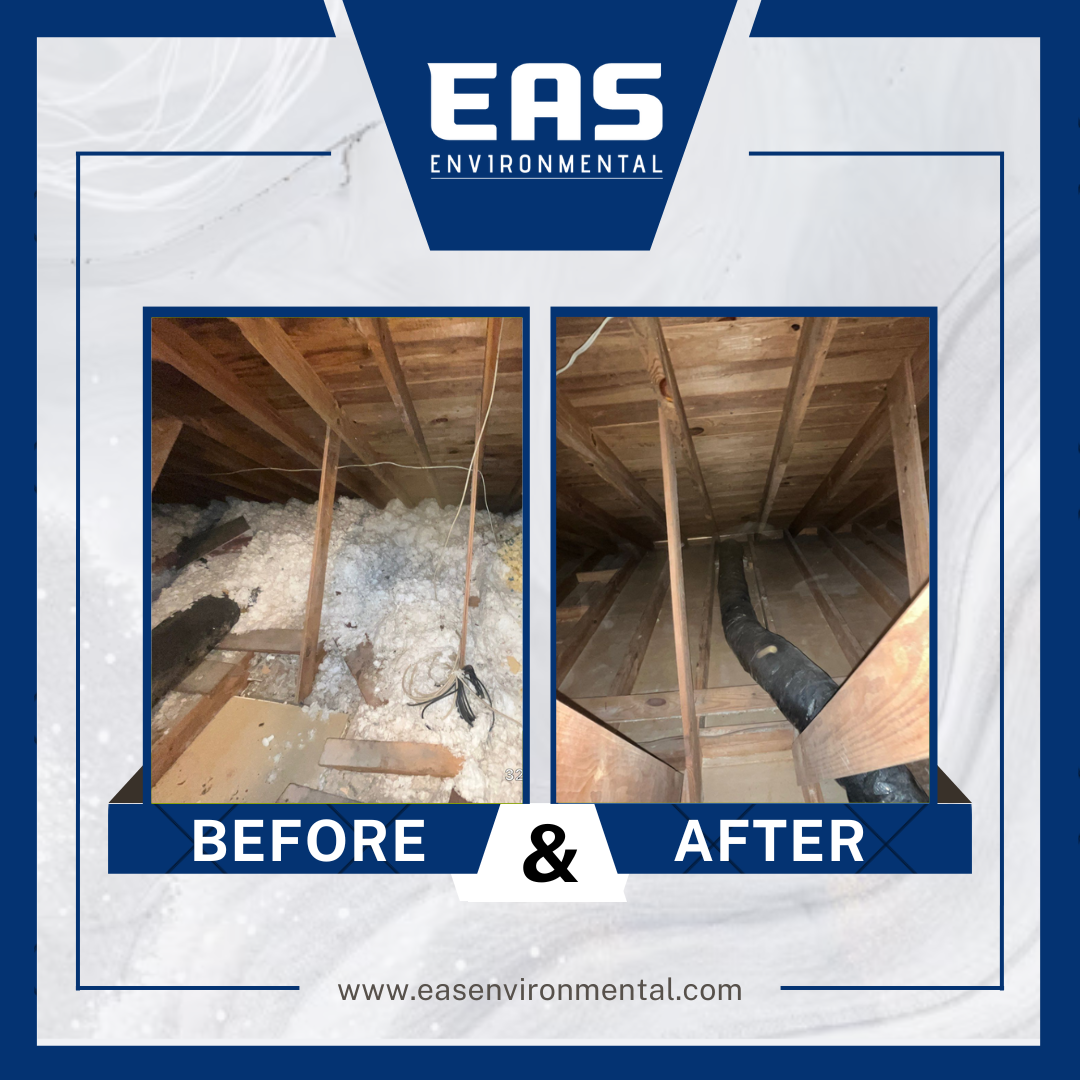

Got a Question? We’re Here to Help.
You can arrange an appointment or make an enquiry by phone or email, orget in touch to us via our contact form.
EAS Environmental is a specialty asbestos and lead abatement and demolition company that service the state of South Carolina.
CONTACT INFORMATION
Phone: 843-977-3273
Email: sturner@easenvironmental.com
Address: 125 Bud Lane Ladson, SC 29486
All Rights Reserved | EAS Environment
Privacy Policy | Terms & Conditions | Sitemap
